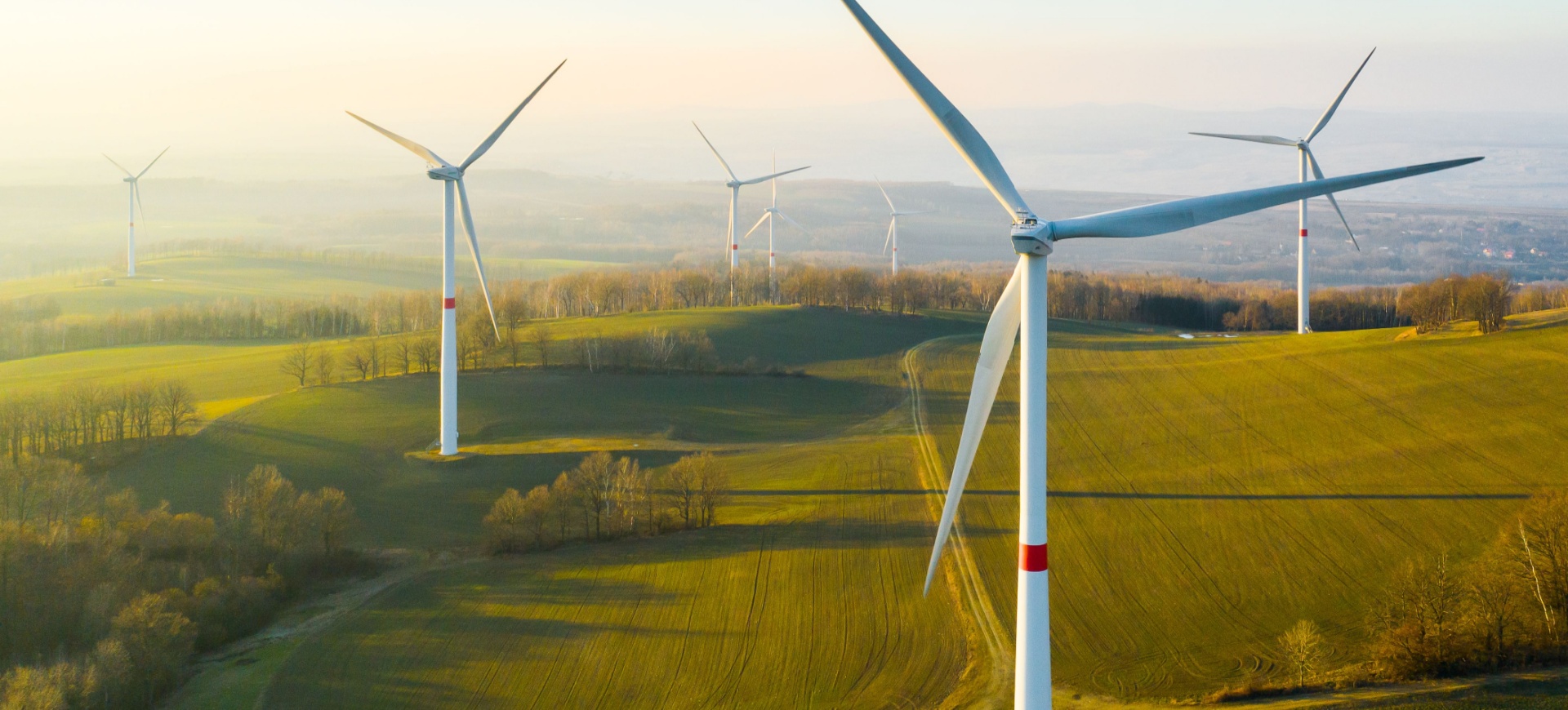Strengthening the renewable energy revolution
Interview with Francesco La Camera, director-general, International Renewable Energy Agency
Renewables are progressing but not quickly enough due to barriers such as outdated infrastructure, policy hurdles and a skills gap. We need modern grids, supportive policies and a skilled workforce to accelerate the transition
How can the renewable energy revolution be strengthened?
Renewables are growing well, but not at the speed or scale we need because of barriers to deployment and rapid scaling up. The first barrier is the lack of infrastructure. Today’s infrastructure was built a century ago for gas, oil and coal to reach consumers from production sites. The infrastructure needs to fit a new, decentralised energy system. We need grids that are interconnected, flexible and balanced. We need ports that allow more green hydrogen, pipelines for ammonia and cables to distribute electrons.
The second barrier exists in our laws and policies. The market is designed for the old energy system – we’re still subsidising fossil fuels. Pricing based on cost margins does not apply to renewables. We need long-term contracts that are well regulated. For green hydrogen, we need policies that increase demand, as we did for renewables. Renewables are growing fast, thanks to policies put in place ten years ago in some countries with the foresight to promote them.
The third barrier is the lack of capacity. We need institutions that can manage the complexity that comes from decentralising the system. And we need professionals. Universities were built to serve a different economy. We need professionals and a skilled workforce fit for the new energy system.
How is IRENA working to reinforce the renewables revolution?
We have two platforms for facilitating funding for projects. The Climate Investment Platform with the United Nations Development Programme and SEforALL [Sustainable Energy for All], in collaboration with the Green Climate Fund, attracts many partners and projects. The Energy Transition Accelerator Financing platform, which now has 14 partners, is committed to providing almost $5 billion in funding for renewable energy projects. Most of our partners are not governments. They can decide if they want to provide funds or loans. This is starting to prove successful.
We’re also translating our World Energy Transitions Outlook regionally, with outlooks being developed for Africa and Southeast Asia, and soon Central and South America. This planning instrument can help us support countries for their updated nationally determined contributions for next year. These regional outlooks can help raise ambition at the domestic level.
We are also trying to rewrite the way international cooperation works. We have launched a partnership for Africa with 10 countries committed to moving rapidly on renewables. We are taking a 360° approach to support them in planning, implementation, legal and policy issues, and funding.
Our programmes on capacity building are also ongoing, but our major effort in planning is supporting countries with their NDCs.
How can the G20 leaders at Rio best help reinforce the renewables revolution?
First, they need to recognise that 80% of carbon emissions come from the G20.
Reforming the multilateral financial institutions is not enough. We’re seeing some decoupling between emissions and gross domestic product in developed countries, but not in emerging economies and the least developed countries, where demand will increase in the next few years. So it is important to provide clean energy for economic development. This is an urgent priority to consider for Africa. We have to associate the idea of development with building the new energy system. So investing in new infrastructure in Africa is crucial. We have to create and strengthen the grid, and work on infrastructure – that means jobs, revenues, GDP and demand – which will reduce costs.
Today, selling renewables often involves power purchase agreements, which require government intervention when people cannot pay the tariffs. So public support shrinks and we create debt. That’s a vicious cycle. We need demand to come from citizens, and we need to create jobs for citizens. As in Europe after World War Two, without the Marshall Plan, we would not have four European countries in the G20 today. We need something similar in Africa, and soon.
And the major stakeholders of multilateral institutions are countries in the G20.
Those multilateral institutions do not have all the financial resources needed to build the infrastructure. To attract private capital towards this goal, the International Renewable Energy Agency is engaging with a coalition of 38 partners that includes some of the world’s largest utilities and energy companies under the Utilities for Net Zero Alliance. We need a plan for multilateral institutions, which could involve direct interventions in the form of guarantees and de-risking investment. The G20 can do this kind of thing. We have published a report, prepared with the Brazilian Development Bank, that argues that investing in the energy system is not a cost but an asset. It is less expensive to invest in a new renewable plant than to keep an old oil or gas plant alive. We hope the G20 can produce this change in thinking.
The G20 can also support work for a platform for energy planning in the Global South. We’ve published a report with the International Labour Organization on how renewables can create more jobs and economic growth. This aligns with the priorities of Brazil’s President Luiz Inácio Lula da Silva, and is something that we can bring from the G20 to next year’s United Nations climate conference in Belém.












